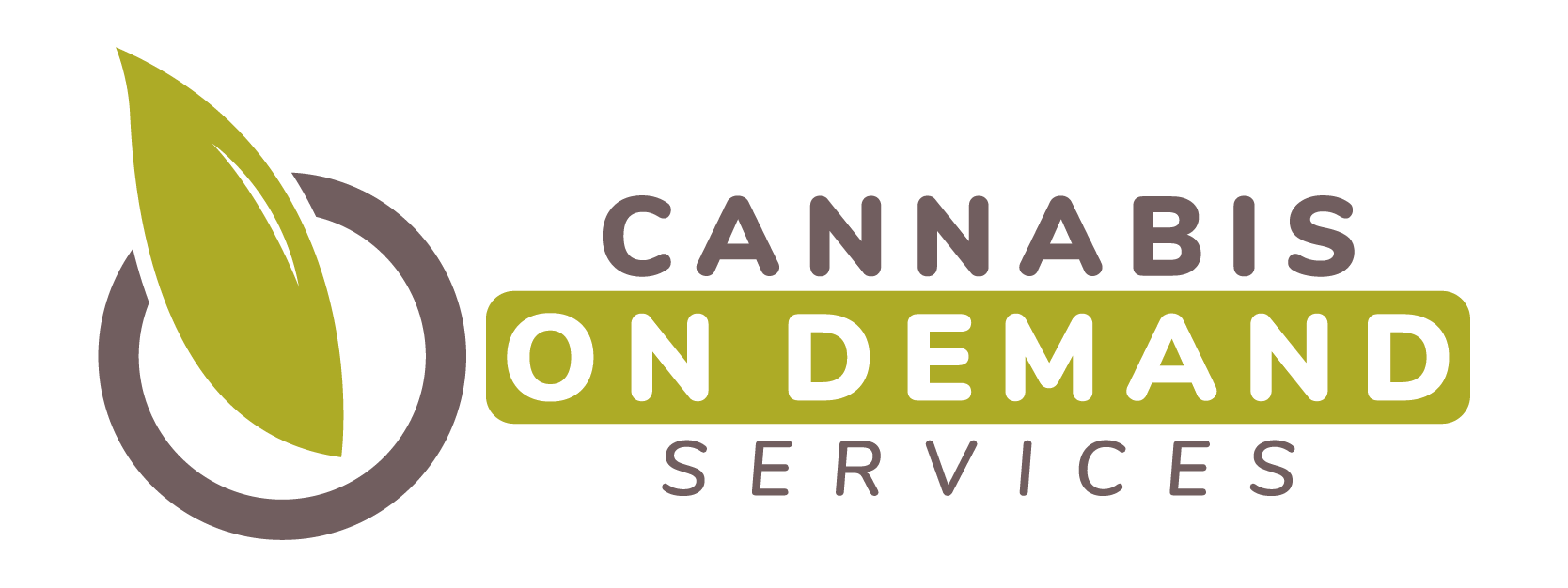In the digital age of doorstep convenience, where groceries, restaurant meals, and retail goods arrive within hours—or minutes—the cannabis industry is catching up fast. In 2025, on-demand services have officially become a cornerstone of cannabis commerce, marking a pivotal shift from brick-and-mortar dispensary dependence to app-driven, consumer-first experiences. This transformation, once seen as a novelty, is now redefining access, compliance, and competition within one of the fastest-growing sectors in the U.S. economy.
The Evolution from Retail to Cannabis Delivery
The modern on-demand economy began in the retail and food sectors, with companies like Amazon, DoorDash, and Instacart revolutionizing how consumers shopped. Their success paved the way for other industries—especially cannabis—to adopt similar models. While cannabis had always been a delivery-friendly product due to discretion and convenience, it wasn’t until legalization and broader digital infrastructure matured that cannabis delivery scaled.
Early platforms like Eaze, Lantern, and Dutchie helped lay the foundation during the mid-2010s. But it was the COVID-19 pandemic that pushed delivery from a niche service to a public health necessity. Now, five years later, that momentum has not only endured—it has exploded. In 2025, more than 60% of cannabis consumers in legal states report using delivery services monthly, according to industry research firm BDSA.
State Regulations Adapt—and Complicate
One of the biggest hurdles in cannabis delivery has always been legal fragmentation. Unlike food delivery, cannabis is subject to intense state-by-state—and sometimes city-by-city—regulation. But 2025 has seen significant progress.
As of Q1 2025:
- 18 states allow recreational cannabis delivery.
- 32 states plus Washington D.C. permit medical cannabis delivery.
- 15 states now allow multi-license delivery platforms to serve multiple dispensaries through white-labeled infrastructure.
States like California and Massachusetts remain leaders, offering robust frameworks that allow both storefront and non-storefront (delivery-only) licenses. Meanwhile, states such as New York and Illinois have revised legislation to expand delivery zones, reduce municipal opt-outs, and streamline ID verification requirements through digital onboarding tools.
However, regulation remains a challenge. In Florida, for example, statewide delivery is legal for medical cannabis, but local county rules still restrict hours of operation and delivery radiuses. These inconsistencies force companies to tailor operations with extreme precision.
Technology Driving the New Cannabis Marketplace
Cannabis is now operating within a sophisticated tech stack. Mobile ordering apps with built-in age verification, GPS delivery tracking, and payment integrations are the standard. Some companies use predictive AI to recommend products based on past purchases, time of day, and even terpene preferences.
In 2025, same-day cannabis delivery is no longer a luxury—it’s expected. Dispensaries and third-party services have optimized routing logistics to mirror food delivery apps, and 90-minute delivery windows are now common in urban markets.
The industry is also experimenting with autonomous delivery. In Nevada and Arizona, test pilots of cannabis delivery robots are underway, supported by updated local ordinances allowing for secure, tamper-proof drop-off containers. While federal restrictions still prevent wide-scale drone delivery, the idea is no longer speculative—major players are investing in drone technology in anticipation of future rule changes.
Economic Impact and Industry Growth
Cannabis delivery is now one of the largest drivers of growth in the legal cannabis market. According to a March 2025 report by New Frontier Data, on-demand services contributed to a 24% increase in retail cannabis revenue year-over-year.
The average cannabis delivery customer spends approximately $162 per transaction, significantly more than in-store shoppers, thanks to bundling promotions, curated digital menus, and subscription models. Edibles, wellness topicals, and vape cartridges remain top sellers for delivery customers, particularly those seeking convenience and discretion.
Moreover, delivery services have opened access to underserved populations—elderly medical patients, rural residents, and working professionals—who might otherwise struggle to visit dispensaries. This has driven more inclusive growth and improved patient access in medically legal states.
Cannabis Delivery Startups Boom—And Consolidate
2025 has also seen a wave of M&A activity as cannabis delivery becomes big business. Major multi-state operators (MSOs) are acquiring smaller regional delivery startups to build vertically integrated logistics networks. In California, delivery-focused brands like Emjay have been absorbed into MSO portfolios, while in Colorado, local platforms like Timber and Doobie have expanded across state lines through funding rounds.
White-label platforms offering dispensary-branded apps and API-powered logistics are also in high demand, enabling smaller retailers to offer full-service delivery without the cost of in-house development.
Challenges Persist: Compliance, Safety, and Illicit Competition
Despite growth, challenges remain. Compliance is costly. Delivery drivers must adhere to strict ID verification, product manifests, camera requirements, and cash-handling protocols—especially in states where cannabis banking solutions are still evolving.
Moreover, theft and safety concerns continue to affect operations, particularly in urban markets. Companies are investing in armored vehicles, panic alert systems, and real-time monitoring to protect staff and product.
The illicit market remains a competitor, often undercutting prices and bypassing delivery restrictions. Legal operators must emphasize quality assurance, lab-tested products, and transparency to build customer trust.
What’s Next for Cannabis Delivery in 2025 and Beyond?
The on-demand economy has permanently reshaped the cannabis consumer experience. In 2025, delivery isn’t a backup plan—it’s a core revenue channel. And as the industry eyes federal reform, the prospect of interstate commerce, national delivery brands, and cannabis available on demand coast-to-coast is now a matter of “when,” not “if.”
Cannabis companies that fail to embrace digital logistics, same-day fulfillment, and app-based customer engagement risk being left behind. Meanwhile, those that invest in seamless delivery operations, compliance infrastructure, and personalized service are poised to dominate an industry increasingly driven by access, not just availability.
In Review
What began as a necessity during lockdowns has evolved into the defining feature of modern cannabis retail. Drawing from the food and retail sectors’ playbook, the cannabis industry has adapted to meet consumers where they are—on their phones, in their homes, and in need of fast, discreet, and reliable service.
In 2025, the cannabis industry’s success hinges not just on product quality, but on delivery efficiency, technological integration, and the ability to adapt to ever-changing regulations. The future of cannabis is not only green—it’s on-demand.

